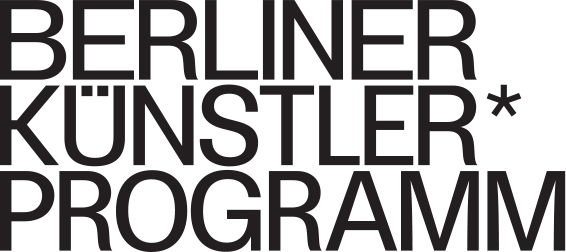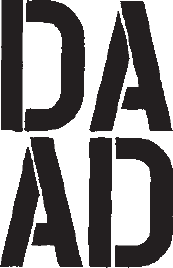Romania, Visual Arts, 2011
Mona Vătămanu &
Florin Tudor
In their installations, performance or videos, again and again Mona V?t?manu and Florin Tudor address the situation of the former Eastern Bloc. Again and again, city and architecture are the main focal point, and in this case, especially by condensing traces of the past.
In the gaps and tears in the urban fabric, Mona V?t?manu and Florin Tudor track down the wounds of history. They use prefabricated buildings to illuminate questions about contemporary life in an architecture that speaks the ideology of the dead system, in which they have been erected (Persepolis, 1999–2006). They film tour guides of the pompous palace of former Rumanian dictator Nicolae Ceaucescus (Palatul, 2003/4) to make the impossibility of a neutral relationship to the past visible. Or they question why some buildings disappeared for political reasons, for example, the V?c?re?ti Cloister in Bucarest, demolished in 1985 by the communist regime – or why such buildings were never memorialized by monuments or commemorative plaques (V?c?re?ti, 2003/6).
However, by confronting the inheritance of the real-existing socialism in repressive and unjust systems, it’s not only about working out displaced history, but also about the changed conditions of the present: the political and economic situation after the change of systems and life under the rule of total capitalism. V?t?manu und Tudor, in this sense, question the role and value of Marxist theory between former state doctrine and the tools for analysis under the new neoliberal auspices (Captitalul / Das Kapital, 2007), dedicated to the principle of added value (Plus Valoarea, 2009) or confront the search for new symbols and possible future articulation of a political imaginary (All Power to the Imagination, 2009).
In their contribution to the 5th Berlin Biennale, Appointment with History (2008), they combined small oil paintings with motifs of contemporary political demonstrations with a reading of Marx/Engel’s communist manifest audible from a loudspeaker and an auditorium with chairs and an empty speaker’s desk. Here it was up to the visitor to deliver a commentary themselves, intervene into the audible text, to refuse it or to update it.
Two of their more recent projects Production Line for the Future (2010) and Land Distribution (2010/11) are concerned with questioning ownership and the new redistribution of land and wealth. Using discarded VHS-tapes they create simple installations, rudimentary spatial demarcations and parceling – and thus refer to how in Venezuela VHS tapes are used to separate small plots of land, which supposedly secure self-sufficiency for the poor.
V?t?manu and Tudor contrast these misappropriations of old media techniques with a hint towards the renewed expropriation, step by step, of the people in the former Eastern Bloc through banks, investors, and speculators. Here, not the allocation of land as such is central, but how and by whom it is conducted and to what extend. And thus, in the end, the scrim of the past and the present is placed on the agenda: the possibility and form of a future communal system.


